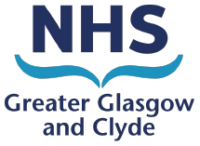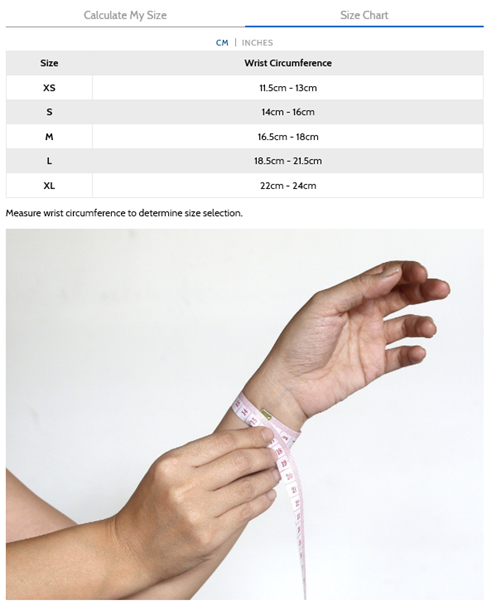Arabic
تمارين تقوية البيرينيوم والبطن للنساء
(Pelvic Floor and Abdominal Exercises for women)
معلومات حول إصابات العضلة العاصرة الشرجية التوليدية (OASIS)
(Information about Obstetric Anal Sphincter Injuries (OASIS))
ممارسة ما بعد الولادة والمشورة
(Post-Natal Exercise and Advice)
العناية بجسمك أثناء الحمل
(Care of your body during Pregnancy)
الوظائف أثناء العمل كتيب
(Positions during labour booklet)
نصيحة مبكرة بعد العملية القيصرية
(Early advice after a Caesarean Section)
Farsi
Pelvic Floor and Abdominal Exercises for women
Information about Obstetric Anal Sphincter Injuries (OASIS)
Post-Natal Exercise and Advice
Care of your body during Pregnancy
Early advice after a Caesarean Section
French
Exercises de renforcement du périnée et des abdominaux pour les femmes
(Pelvic Floor and Abdominal Exercises for women)
Informations sur les lésions obstétricales du sphincter anal (LOSA)
(Information about Obstetric Anal Sphincter Injuries (OASIS))
Premiers conseils après une césarienne
(Early advice after a Caesarean Section)
Exercices et conseils postnatals
(Post-Natal Exercise and Advice)
Prendre soin de son corps pendant la grossesse
(Care of your body during Pregnancy)
Positions et respirations pour l’accouchement
(Positions during labour booklet)
Hindi
महिलाओं के लिए परिणीति और पेट को मजबूत बनाने के व्यायाम
(Pelvic Floor and Abdominal Exercises for women)
प्रसूति गुदा स्फिंकर चोटों के बारे में जानकारी (ओएसिस)
(Information about Obstetric Anal Sphincter Injuries (OASIS))
सीज़ेरियन सेक्शन के बाद जल्द सलाह
(Early advice after a caesarean section)
प्रसव के बाद व्यायाम और सलाह
(Post-Natal Exercise and Advice)
गर्भावस्था के दौरान आपके शरीर की देखभाल
(Care of your body during Pregnancy)
Kurdish Sorani
ڕاهێنانی بەهێزکردنی پێرنیۆم و دووگیانی بۆ ژنان
(Pelvic Floor and Abdominal Exercises for women)
ڕاهێنان و ئامۆژگاری دوای ناتال
(Post-Natal Exercise and Advice)
ئامۆژگاری زوو دوای بەشی قەیسەری
(Early advice after a Caesarean Section)
Mandarin/Simplified Chinese
女性腹腔和腹部强化练习
(Pelvic Floor and Abdominal Exercises for women)
的信息 有关产科肛门括约肌损伤(OASIS)
(Information about Obstetric Anal Sphincter Injuries (OASIS))
剖腹产后的早期建议
(Early advice after a Caesarean Section)
产后锻炼和建议
(Post-Natal Exercise and Advice)
怀孕期间照顾您的身体
(Care of your body during Pregnancy)
分娩期间的姿势小册子
(Positions during labour booklet)
Polish
Krocze i ćwiczenia wzmacniające brzucha dla kobiet
(Pelvic Floor and Abdominal Exercises for women)
Informacje na temat Urazu poporodowego zwieraczy odbytu
(Information about Obstetric Anal Sphincter Injuries (OASIS))
Wczesne porady po cesarskim cięciu
(Early advice after a Caesarean Section)
Ćwiczenia i porady dla kobiet po porodzie
(Post-Natal Exercise and Advice)
Dbaj o swoje ciało w czasie ciąży
(Care of your body during Pregnancy)
Stanowiska podczas pracy broszury
(Positions during labour booklet)
Punjabi
ਪ੍ਰਸੂਤੀ ਗੁਦਾ ਸਫਿਨਟਰ ਸੱਟਾਂ ਬਾਰੇ ਜਾਣਕਾਰੀ (ਓਏਏਸਿਸ)
(Information about Obstetric Anal Sphincter Injuries (OASIS))
ਸੀਜ਼ੇਰੀਅਨ ਸੈਕਸ਼ਨ ਦੇ ਬਾਅਦ ਜਲਦੀ ਸਲਾਹ
(Early advice after a caesarean section)
ਜਨਮ ਤੋਂ ਬਾਅਦ ਕਸਰਤ ਅਤੇ ਸਲਾਹ
(Post-Natal Exercise and Advice)
ਗਰਭਅਵਸਥਾ ਦੌਰਾਨ ਤੁਹਾਡੇ ਸਰੀਰ ਦੀ ਸੰਭਾਲ
(Care of your body during Pregnancy)
Romanian
Sfaturi timpurii pentru Operatia de cezariană
(Early advice after a Caesarean Section)
Informații despre Traumatisme obstetricale ale sfincterului anal (OASIS)
(Information about Obstetric Anal Sphincter Injuries (OASIS))
Sfaturi și exerciții postnatale
(Post-Natal Exercise and Advice)
Îngrijirea corpului în timpul sarcinii
(Care of your body during Pregnancy)
Spanish
Recomendaciones tras una cesarea
(Early Advice after a Caesarean Section)
Información y recomendaciones sobre ejercision posparto
(Post-Natal Exercise And Advice)
Ukranian
Післяпологові вправи та поради
(Post-Natal Exercise And Advice)
ранні поради після кесаревого розтину
(Early advice after a caesarean section)
Urdu
خواتین کے لئے پیڑو فرش اور پیٹ کی مشقیں
(Pelvic floor and abdominal exercises for women)
زچگی کے گدا سفنکٹر چوٹوں کے بارے میں معلومات (او آئی ایس ای ایس)
(Information about Obstetric Anal Sphincter Injuries (OASIS))
پیدائش کے بعد ورزش اور مشورے
(Post-Natal Exercise and Advice)
حمل کے دوران اپنے جسم کی دیکھ بھال
(Care of your body during Pregnancy)
پیڑو کے اعضاء کے پرولیپس کے بارے میں فزیوتھراپی کی معلومات
(Physiotherapy information about Pelvic Organ Prolapse)
لیبر بکلیٹ کے دوران عہدے
(Positions during labour booklet)
سیزیرین سیکشن کے بعد ابتدائی مشورہ
(Early Advice after a Caesarean Section)






